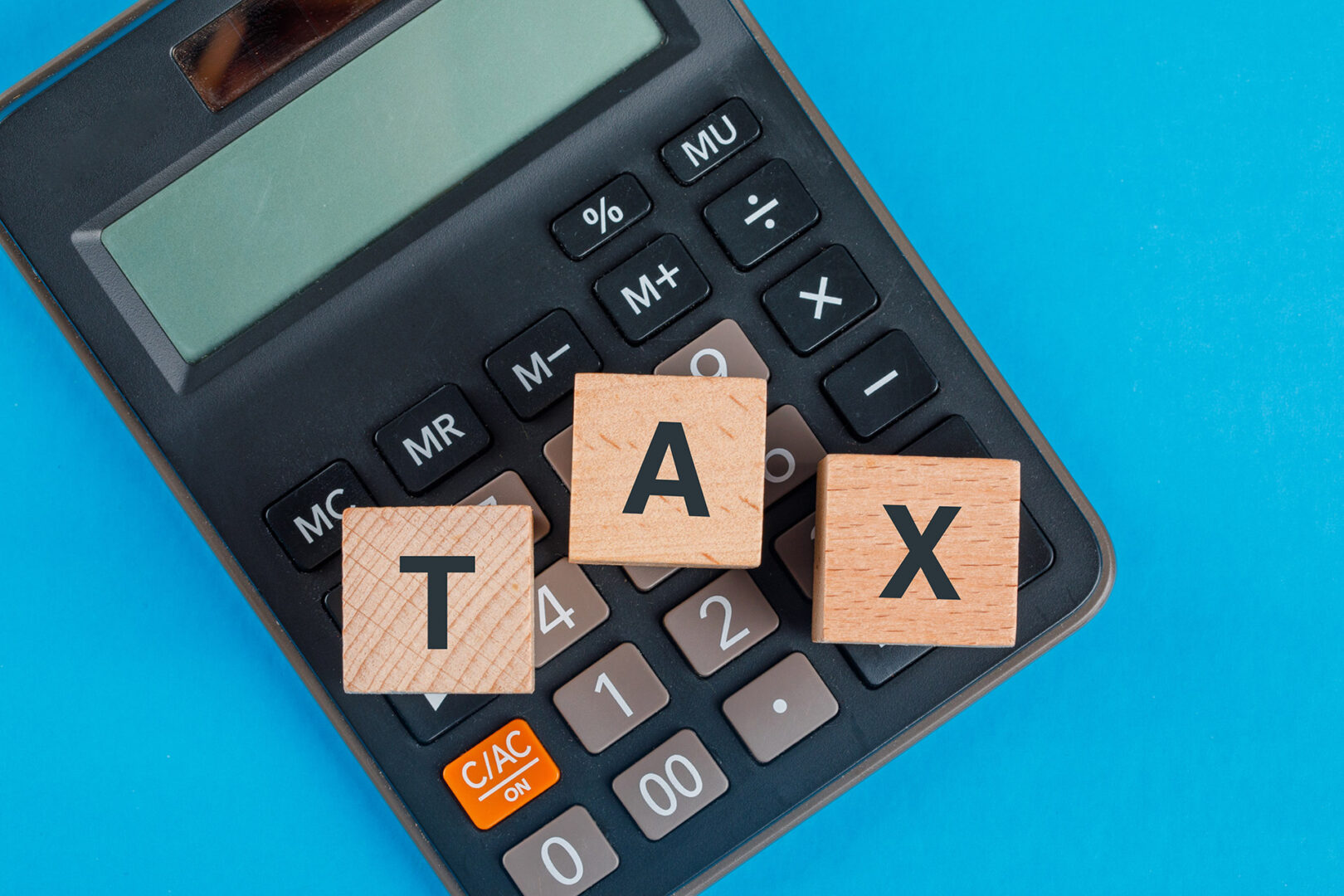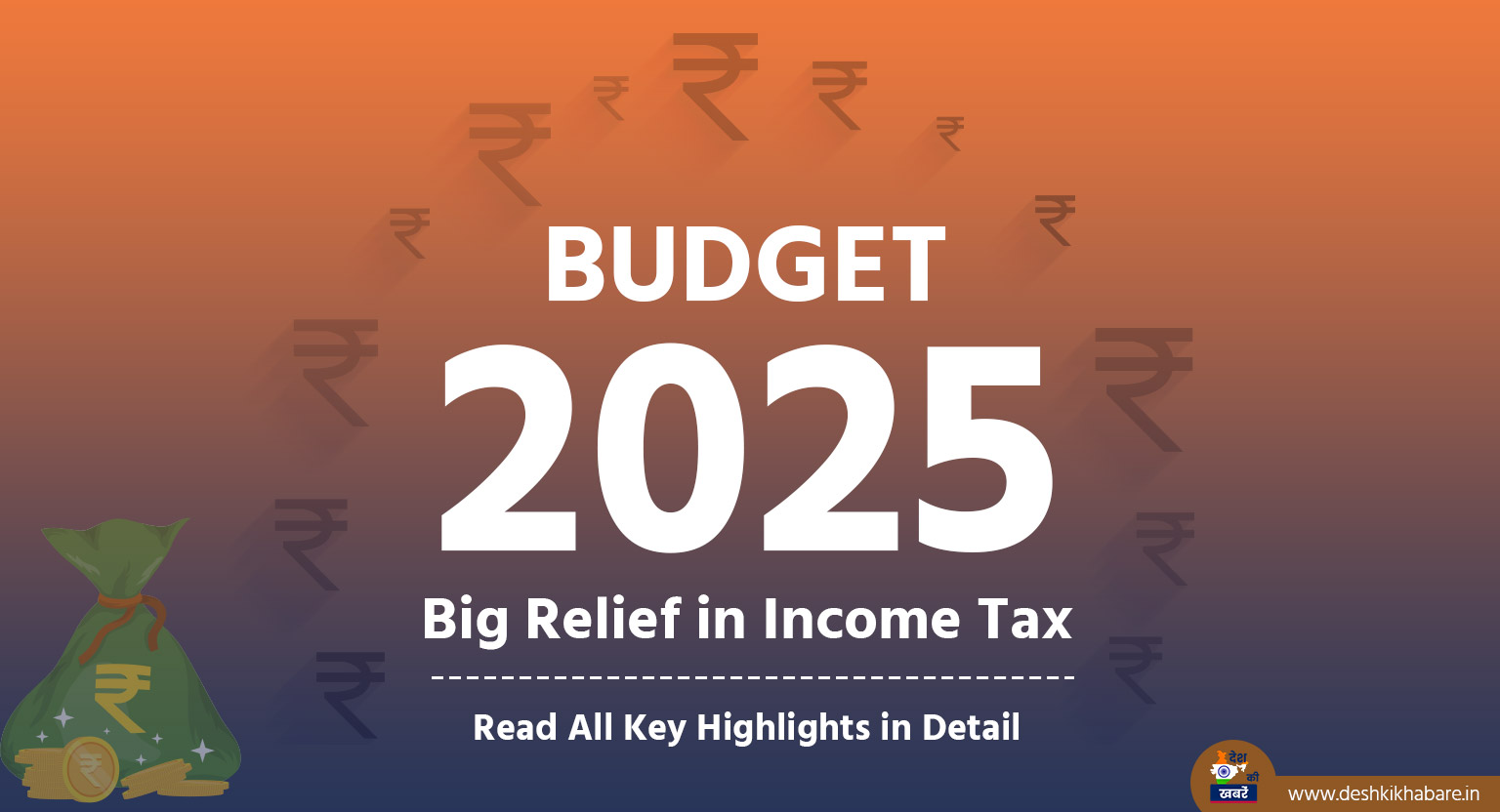The Union Budget 2025 for the financial year 2025-26 was presented in Parliament today by Finance Minister Nirmala Sitharaman. This marks her eighth budget presentation, making her the first Finance Minister to achieve this milestone, and the first budget of Prime Minister Narendra Modi-led government’s third term.
A major announcement in this budget 2025 was the exemption of Income Tax up to ₹12 lakh under the new tax regime.
The Finance Minister highlighted that the budget 2025 is centered around ‘transformative’ reforms in six crucial sectors: taxation, financial sector, power sector, urban development, mining, and regulatory reforms. These areas remain integral to the government’s strategy, focusing on economic growth, infrastructure enhancement, governance improvement, and sustainable development.
“Together, we aim to unlock India’s potential under the visionary leadership of Prime Minister Modi,” said the Finance Minister. “This budget 2025 is dedicated to accelerating growth, inspired by our vision for a ‘Viksit Bharat.’ Our economy remains the fastest growing among major economies. The Budget 2025-26 continues the government’s commitment to inclusive development, uplifting household sentiment, and strengthening India’s middle class,” she added.
Table of Contents
Key Highlights of Budget 2025
Capital Expenditure (Capex)
Focus on increasing government spending on infrastructure, boosting economic growth and creating jobs through strategic investments in key sectors.
- FY25 revised capital expenditure set at ₹10.18 lakh crore.
Income Tax
In Budget 2025, there is a revisions in income tax slabs and exemptions aimed at increasing disposable income and providing relief to the middle class.

- New Income Tax Bill to be introduced next week.
- No Income Tax payable up to ₹12 lakh under the new regime.
- Tax slabs revised across all income brackets.
- Salaried individuals earning over ₹24 lakh to be taxed at 30%.
- Tax return filing window extended from 2 years to 4 years.
- Enhanced taxpayer convenience measures: faceless assessments, taxpayer charter, and quicker return processing, with 99% of returns now based on self-assessment.
- “Trust first, scrutinize later” remains the core approach of the tax department.
Additional Tax Reforms:
- Tax exemption on interest for senior citizens raised to ₹1 lakh.
- TDS on rent increased from ₹2.4 lakh to ₹6 lakh.
- Removal of TCS (Tax Collected at Source) on education-related remittances funded by loans from specified financial institutions.
- Higher TDS applicable only in cases where PAN is not provided.
- TCS threshold under RBI’s Liberalized Remittance Scheme (LRS) increased from ₹7 lakh to ₹10 lakh.
Cess and Tariffs
Changes in the structure of cesses and tariffs designed to optimize government revenue while addressing sectoral concerns.
- Rationalization of customs tariff structure to address duty inversion and boost domestic manufacturing.
- Further reduction of tariff slabs, eliminating seven more rates, leaving only eight, including a zero rate.
- Social welfare surcharge exempted on 82 tariff lines.
Customs Duty Changes:
- Full exemption on Basic Customs Duty (BCD) for cobalt powder, lithium-ion battery waste, and 12 critical minerals.
- 37 new medicines and 13 patient assistance programs added to the exemption list.
- Six life-saving medicines added to the concessional 5% customs duty list.
- BCD exemptions on wet blue leather extended; crust leather exempted from 20% duty.
- BCD on frozen fish paste reduced from 30% to 5%; fish hydrolycates from 15% to 5%.
- BCD on interactive flat panel displays increased from 10% to 20%.
- BCD on open cell and other LCD/LED components reduced to 5%.
What Became Cheaper?
A breakdown of goods and services that saw a reduction in prices through tax cuts, making everyday essentials more affordable.
- Reduced prices for cancer medicines, pharmaceuticals, and medical equipment.
- Removal of customs duty on 36 life-saving drugs.
- Lower prices for various minerals, handwoven fabrics, and locally made garments.
- 5% customs duty on six life-saving medicines.
- Decreased costs for LED-LCD TVs and mobile phones.
- More affordable electric vehicles (EVs) and EV batteries.
- Lower costs for leather products and mobile phone batteries.
- Reduction in prices of marine products and frozen fish paste.
Financial Reforms
Introduction of measures to streamline financial systems, enhance ease of doing business, and improve financial inclusion.
- FDI cap in insurance for firms investing premiums entirely in India raised from 74% to 100%.
- Introduction of a revamped central KYC registry.
- Faster approvals for company mergers and regulatory framework improvements to enhance the ease of doing business.
- Introduction of the Investment Friendliness Index for states in 2025.
- Financial Stability and Development Council (FSDC) to evaluate regulatory impact and foster sectoral growth.
Infrastructure
Increased funding for infrastructure development, with a focus on roads, railways, and urban development projects to support economic expansion.
- Creation of a ₹1 lakh crore Urban Challenge Fund for city redevelopment and infrastructure enhancement.
- Government to fund up to 25% of eligible bankable projects.
- ₹1.5 lakh crore in interest-free loans to boost capital expenditure.
- Affordable Housing: 40,000 additional housing units to be completed in FY26.
- SWAMI Fund 2 to be launched with ₹15,000 crore.
Nuclear Energy
Budgetary allocation for the growth of nuclear energy, promoting clean energy and energy security for the country’s future.
- Nuclear Energy Mission to target 100 GW of nuclear power by 2047.
- Amendments to Atomic Energy Act and Civil Liability for Nuclear Damage Act to encourage private participation.
- ₹20,000 crore R&D initiative for Small Modular Reactors (SMRs) with a goal of having five operational SMRs by 2033.
MSMEs and Startups
Support for micro, small, and medium enterprises (MSMEs) and startups through incentives, tax breaks, and access to funding to foster innovation.
- MSMEs contribute 45% of India’s exports.
- Introduction of customized MSME credit cards.
- Expanded fund-of-funds for startups.
- Investment and turnover limits for MSMEs increased by 2.5 times and 2 times, respectively.
Agriculture and Kisan Credit Cards (KCC)

Initiatives to improve agricultural productivity and provide easier access to credit for farmers through Kisan Credit Cards.
- Launch of Jan Dhanya Krishi Yojana focusing on 100 districts for crop diversification, irrigation, and storage improvements.
- Six-year mission for self-reliance in pulses (focus on tur and masoor).
- Establishment of Makhana Board in Bihar.
- KCC loan limit increased from ₹3,000 to ₹5,000 crore.
Leather, Footwear, and Toy Industry
Measures to boost the leather, footwear, and toy industries with incentives to increase domestic production and exports.
- New initiatives to enhance productivity and global competitiveness.
- 22 lakh new jobs, ₹400 crore in revenue, and export growth to ₹1.1 lakh crore expected.
- New scheme to establish India as a global toy manufacturing hub.
Investing in People
A commitment to enhancing education, healthcare, and skill development to build a healthier, more skilled workforce.
- Sashakt Anganwadi and Poshan 2.0 to benefit 8 crore children, pregnant women, lactating mothers, and 20 lakh adolescent girls.
- 5 IITs to expand capacity by 6,500 students.
- 5 National Centres of Excellence for Skilling to be established.
- Gig worker identity cards and registration on e-Shram portal to benefit 1 crore workers.
Power Sector Reforms
Reforms aimed at increasing the efficiency, reliability, and sustainability of the power sector, with a focus on renewable energy integration.
- Focus on enhancing electricity distribution and transmission.
- States incentivized to implement electricity distribution reforms.
- Additional 0.5% of GSDP borrowing allowance for states meeting reform benchmarks.
Aviation
Proposals to enhance air travel infrastructure and accessibility, aiming to make aviation services more affordable and efficient.
- UDAN scheme expanded to 120 new destinations, targeting 4 crore additional passengers.
- Development of new greenfield airports in Bihar.
Key Fiscal Figures
Overview of fiscal deficit targets, tax revenue forecasts, and government expenditure plans, reflecting the government’s financial health and priorities.
- Revised fiscal deficit for FY25: 4.8%.
- Fiscal deficit target for FY26: 4.4%.
- Revised estimate for total receipts (excluding borrowings): ₹31.47 lakh crore.
- Net tax receipts: ₹25.57 lakh crore.
- Total expenditure: ₹47.16 lakh crore.
- Capital expenditure: ₹10.1 lakh crore.
Conclusion
The Budget 2025 Key Highlights emphasize transformative reforms, boosting economic resilience and supporting sustainable growth, positioning India as the world’s fastest-growing major economy. The government’s commitment to fiscal discipline, infrastructure expansion, and social welfare programs ensures inclusive and broad-based development across multiple sectors.


2 thoughts on “Budget 2025 Key Highlights: A Big Relief in Income Tax”